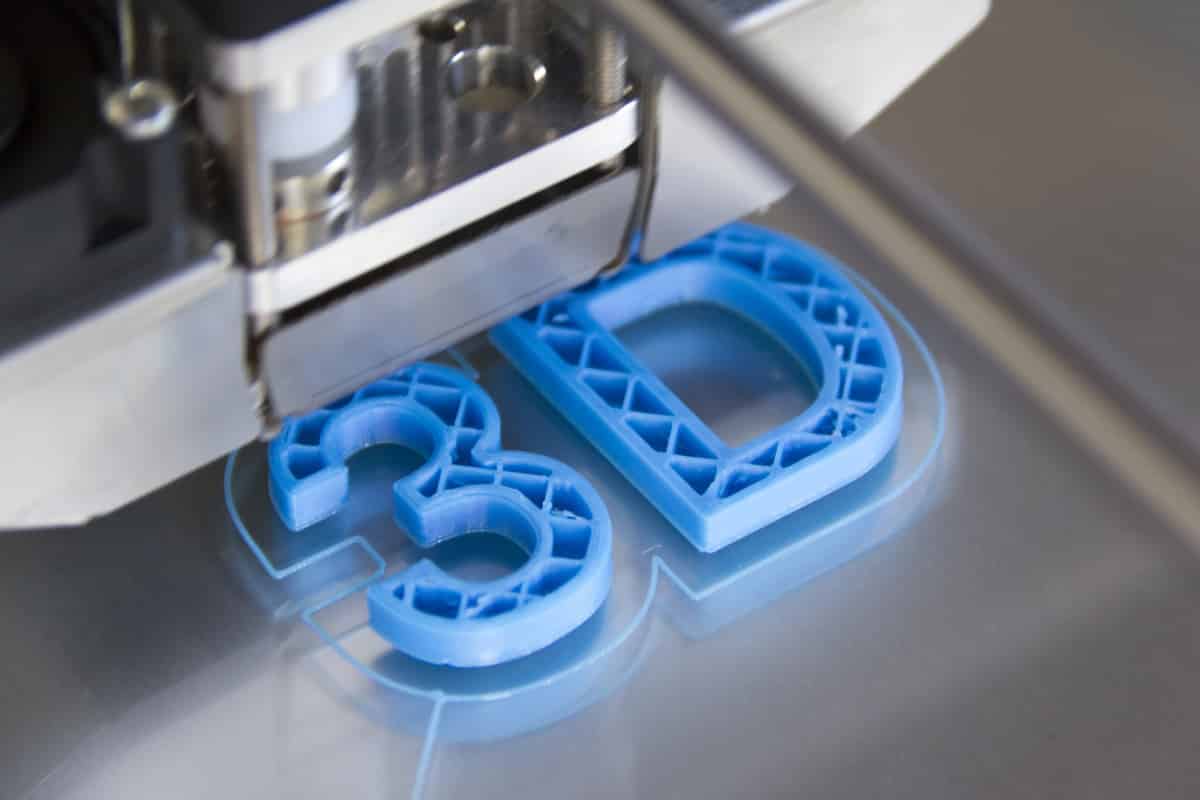The world of printing is evolving, driven by the remarkable capabilities of the Internet of Things (IoT). In recent years, IoT for print device monitoring has emerged as an essential tool for businesses eager to enhance operational efficiency and reduce costs. With IoT, businesses can achieve seamless integration and real-time monitoring of printing devices, ensuring maximum performance with minimal disruption.
The integration of IoT technology in print device monitoring helps organizations overcome common challenges like handling multiple printers, ensuring timely maintenance, and minimizing downtime. By embedding intelligence into printing devices, organizations can have a transparent and responsive system that anticipates needs and prevents issues.

What is IoT in Print Device Monitoring?
IoT in the context of print device monitoring refers to the interconnected network of printers and related devices that communicate data in real-time. These devices utilize sensors and smart software to track usage statistics, operational status, and maintenance alerts. This historical and real-time data can be analyzed for insights, helping businesses make informed decisions.
Benefits of IoT for Print Device Monitoring
Reducing Operational Costs
One of the prominent advantages of integrating IoT for print device monitoring is the substantial reduction in operational expenses. With real-time monitoring and data analysis, organizations can optimize resource utilization, identify cost-intensive processes, and make necessary adjustments to save costs.
Improved Maintenance and Downtime Management
With constant data flow, IoT systems can predict when devices will need maintenance. This preemptive approach significantly reduces downtime, impacting business productivity. Businesses can schedule maintenance during non-peak hours, ensuring continuity.
Environmentally Friendly Practices
IoT systems enable businesses to adopt greener practices by monitoring and subsequently reducing energy usage and paper wastage. This practice is not only cost-effective but also aligns with the growing demand for sustainable practices.
How IoT Enhances Print Security
In a digitally connected ecosystem, security is of utmost importance. With IoT, print devices can be encrypted and monitored for any unauthorized access. Businesses can configure alerts for unusual activities, ensuring data remains secure and compliant with privacy regulations.
Data Encryption and Access Control
IoT-enabled print devices can employ strong encryption methods to protect sensitive information. Access controls and authentication protocols add an extra layer of security, crucial for protecting organizational data.
Responding to Threats in Real-Time
IoT systems monitor in real-time, enabling quick identification of potential threats. This capacity for early detection allows IT departments to respond promptly, mitigating risks before they result in significant damage.
Adopting IoT for Your Business
Given the substantial benefits, many businesses are now considering the strategy of incorporating IoT for their print operations. To get started, assessing current print infrastructure and identifying key areas for IoT integration is essential.
Choosing Compatible IoT Solutions
When selecting IoT solutions, it is vital to ensure they are compatible with existing systems. Vendors offer various customizable solutions, allowing businesses to choose technology that aligns with their specific needs.
Ongoing Support and Training
Integrating new technology requires employee training and support to maximize its potential. Partnering with vendors that provide comprehensive training and 24/7 support ensures a smooth and efficient transition.
Overcoming Challenges with IoT Integration
While the promise of IoT is enticing, integration is not without challenges, including complexity of systems, data management, and scaling across multiple sites.
Managing Data Overload
The influx of data can be overwhelming. Implementing smart data management solutions is imperative for deriving actionable insights without falling into data paralysis.
Scalability and System Complexity
Ensuring systems are scalable to meet future business needs can be challenging. Therefore, choosing scalable solutions and working with experienced providers is advisable.
Why Choose IoT for Print Device Monitoring?
The use of IoT for print device monitoring results in improved efficiency, reduced costs, robust security, and sustainable practices. As businesses move towards digital transformation, smart technology integration is becoming unavoidable.
To ensure you’re adopting the most effective solutions, research on platforms such as 3D Printer News can be incredibly beneficial. These platforms provide insights into the role IoT plays in enhancing device capabilities, including printing.

FAQs
How does IoT in printing differ from traditional methods?
IoT-equipped printers offer real-time updates, predictive maintenance, and enhanced security. Traditional methods lack this interconnected intelligence, often leading to increased downtime and security vulnerabilities.
Is IoT implementation costly for small businesses?
While there is an upfront investment, the long-term savings in maintenance, reduced downtime, and operational efficiency often justify the cost, making it accessible even to small businesses.
Can IoT help improve environmentally sustainable practices?
Yes. By monitoring usage patterns, businesses can significantly reduce energy consumption and waste, promoting more environmentally friendly practices.
For more information on related topics, please visit how to print cards page.
This article contains affiliate links. We may earn a commission at no extra cost to you.







